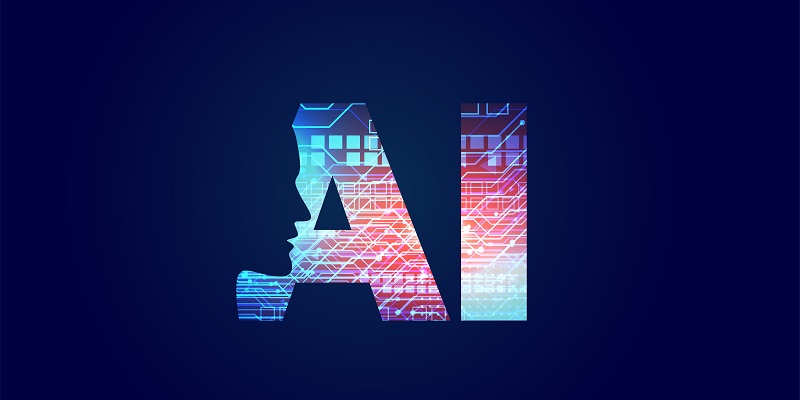The field of artificial intelligence (AI) is advancing at an unprecedented pace, requiring AI engineers to possess a comprehensive toolkit to stay ahead. This article explores various software, libraries, frameworks, and hardware resources that form the backbone of AI engineering. With a focus on open-source tools, we delve into their capabilities, benefits, and significance in developing cutting-edge AI applications.
The Importance of a Comprehensive Toolkit for AI Engineers
As AI continues to permeate various industries, AI engineers face increasing pressure to deliver innovative solutions. To excel in this rapidly evolving field, they need a robust toolkit encompassing a range of tools that streamline development workflows, enhance collaboration, and enable efficient model training and deployment.
H2O.ai: An Open-Source AI Platform
H2O.ai emerges as a powerful open-source AI platform offering machine learning and predictive analytics capabilities. With its intuitive interface, it democratizes AI, enabling engineers to leverage advanced algorithms, deploy models, and gain insights from vast data sources.
TensorFlow: The Cornerstone of AI Engineering
Developed by Google, TensorFlow has become the cornerstone of AI engineering. This open-source deep learning framework provides a scalable, versatile, and efficient solution for building and training neural networks. Its extensive ecosystem offers a wealth of resources for both research and production-grade applications.
PyTorch: Dynamic Computation Graph for AI Development
Facebook’s AI Research lab developed PyTorch, which has gained popularity for its dynamic computation graph. This feature enables engineers to easily modify, debug, and experiment with models, enhancing both development speed and flexibility. PyTorch’s strong community support and rich libraries make it an attractive choice for AI practitioners.
Jupyter Notebooks: Interactive and User-Friendly Code Development
Jupyter Notebooks have revolutionized the way AI engineers develop code. These interactive and user-friendly environments allow for seamless integration of code, visualizations, and explanatory text. With the ability to execute code in real-time, Jupyter Notebooks empower engineers to explore, iterate, and communicate complex AI concepts effectively.
GPUs: Powerful Tools for Efficient Deep Learning Model Training
Efficiently training deep learning models is crucial for AI engineers. Graphics Processing Units (GPUs) offer immense computational power with parallel processing capabilities, enabling engineers to tackle complex tasks and optimize model training. The availability of frameworks such as TensorFlow and PyTorch that support GPU acceleration further enhances productivity.
Docker: Simplifying AI Application Deployment and Scaling
Docker’s containerization platform simplifies the deployment and scaling of AI applications. By encapsulating the application and its dependencies into containers, engineers can ensure consistent behavior across different environments. Docker’s flexibility, portability, and scalability make it an indispensable tool for AI professionals.
Git: Effective Version Control for AI Code Management
The collaborative nature of AI development calls for efficient version control systems. Git, a distributed version control system, enables engineers to track changes, collaborate seamlessly, and manage code repositories effectively. Its branching and merging capabilities facilitate teamwork and ensure code integrity during the iterative development process.
OpenCV: An Essential Tool for Computer Vision Engineers
Computer vision engineers heavily rely on OpenCV, an open-source library, for image and video processing. OpenCV provides a vast collection of functions and algorithms, facilitating tasks such as image manipulation, object detection, and pattern recognition. Its simplicity, cross-platform compatibility, and extensive documentation make it an indispensable tool for AI engineers in this domain.
Apache Beam: A Versatile Data Processing Programming Model for AI Professionals
Apache Beam, an open-source data processing unified programming model, offers a versatile toolset for AI professionals. With Beam, engineers can build data pipelines that process and analyze large-scale datasets efficiently. Its support for multiple programming languages and its ability to integrate with different execution environments make it a valuable asset for AI engineers working on data-intensive projects.
To thrive in the ever-evolving field of AI, engineers must arm themselves with a comprehensive toolkit that encompasses software, libraries, frameworks, and hardware resources. The tools discussed in this article, including H2O.ai, TensorFlow, PyTorch, Jupyter Notebooks, GPUs, Docker, Git, OpenCV, and Apache Beam, form the foundation for success in AI engineering. As the field continues to advance, embracing and mastering these tools will empower AI practitioners to drive innovation, solve complex problems, and shape the future with AI-driven solutions.

